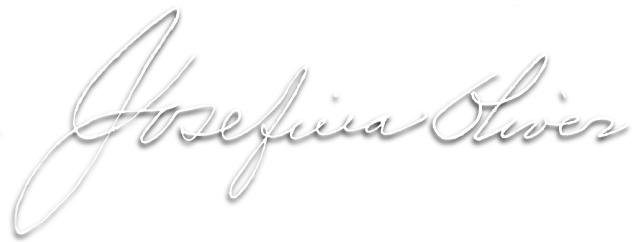
Josefina Oliver was born in Buenos Aires, Argentina, on 1st March 1875. Her parents came from the middle class of Mallorca, Spain. She left school at the age of fourteen, to take charge of her home and became a self taught girl, who learnt calligraphy for her personal diary written from 1892 to her death in 1956. In 1896 she approached photography with her social circle and continued by herself until 1921. The vivid colour she impressed on her copies brings her to the XXI century.
In those sexist times she asked herself about the fact of being a woman, so she captured with her camera one hundred self-portraits, many of them in disguise, performing a lot of Josefinas. Women were not allowed to go outside without a company or to work, otherwise they could be considered public women, so Oliver couldn’t take outdoor pictures alone. She used to make sets for her ideas and took photos in her house and farm. Her friends called her to photograph familiar events. viz: birthdays, marriages. Although she was a passionate amateuse, she behaved as a professional.
In 1907 she married her cousin Pepe Salas Oliver; they had four children. He was a great companion that supported her as a photographer, he disguised himself in different ways in her photos, and developed her first photographic plates in 1926.
She lived and died unaware of the enormous corpus she had accomplished. It comprises her diary –twenty volumes, 8400 pages with photos and loose items–, as well as 2700 photographs (1200 coloured); 200 postcards made with her own coloured photos attached to cardboards, and an achieved volume, from 1952, plenty of collages named by her “Libro de Curiosidades” (Curiosities’ Book). As it happens to many creative women, her oeuvre appeared fifty years after her death.